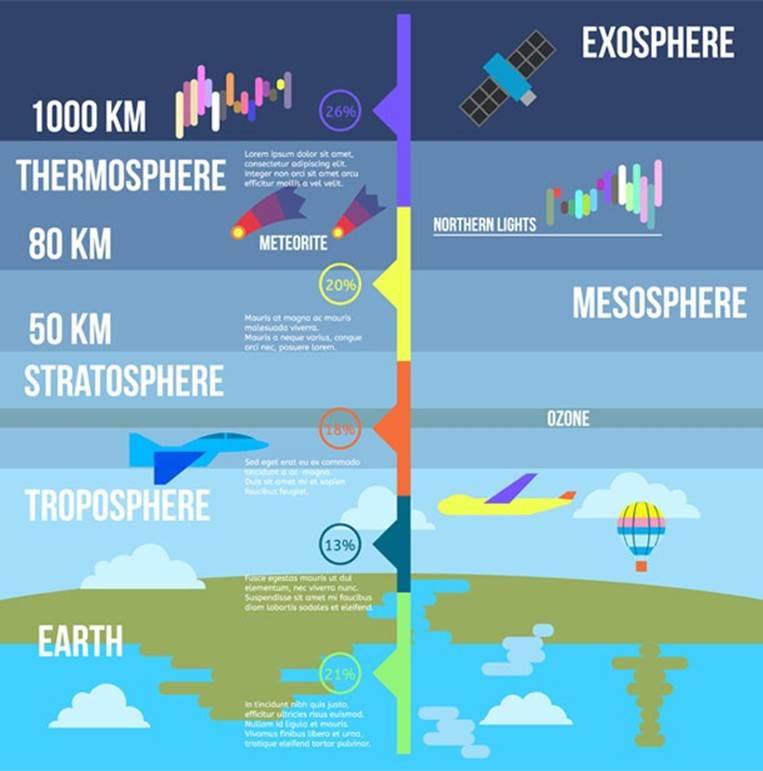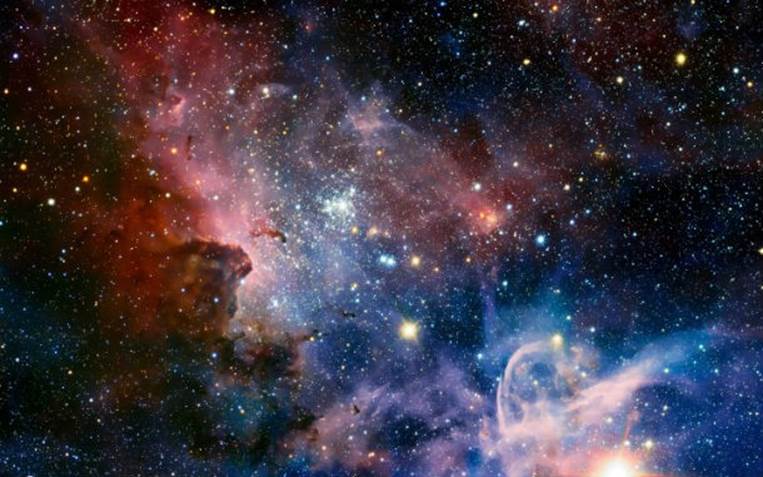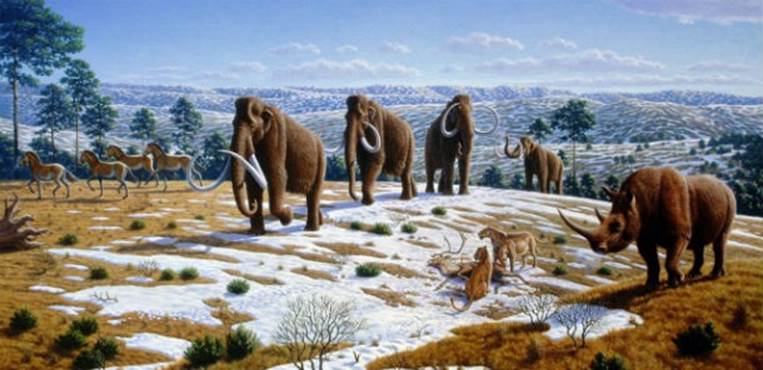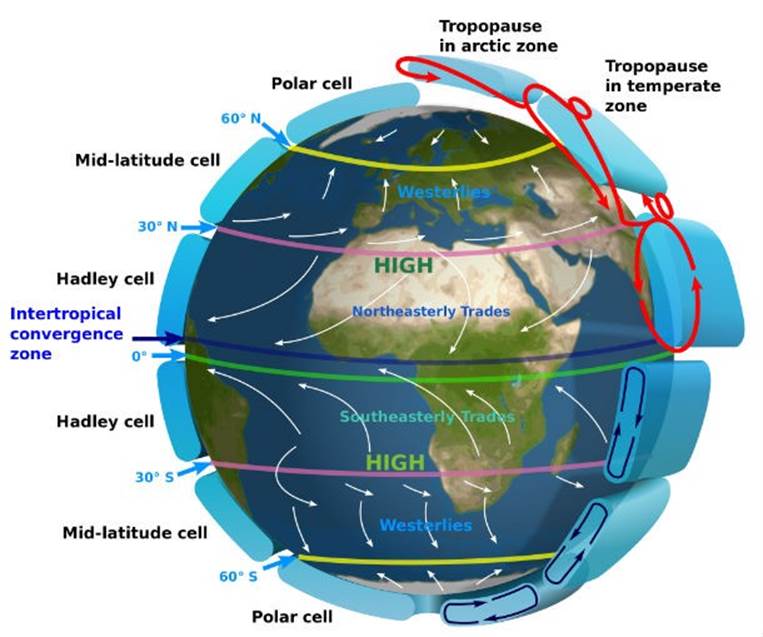PRECISE THINGS THAT SHOW HOW PRECARIOUS LIFE REALLY IS
Added on: 6th Sep 2016
TROPOSPHERIC OZONE

We begin this list with the tropospheric ozone. In simple
terms, the tropospheric ozone is ground-level ozone.
As it currently stands, if it were to increase in quantity,
animals would experience respiratory failure. It would also
hinder crop yields and ozone-sensitive species would die.
However, if it were smaller, biochemical smog would
destroy most life.
OUR GALAXY’S SHAPE

Galaxies come in roughly four shapes: spiral, elliptical,
lenticular, and irregular. The Milky Way galaxy is a prime
example of a spiral galaxy though there are many more
spiral galaxies out there. Our case as of this moment is
unique as we are the only galaxy (so far) known to harbour
life. If our galaxy was too elliptical, then the formation of
stars would cease before sufficient amounts of heavy
elements had the chance to form and create life chemistry.
On the other hand, if our galaxy’s shape was too
irregular, then we would have been exposed to harsh
radiation which would inhibit the formation of
life-essential heavy elements.
THE FREQUENCY AND EXTENT OF ICE AGES

This may sound a bit odd but it’s believed that if there were
no ice ages or even fewer than what have occurred then Earth’s
surface would lack fertile valleys, essential for advanced life.
Moreover, mineral concentrations would be insufficient as well.
On the other hand, if ice ages had been more frequent, then
Earth would experience freezing temperatures that
wouldn’t allow for any form of intelligent life.
THE DISTRIBUTION OF CONTINENTS

Even the distribution of our continents have a direct impact
on life as we know it. If our continents were distributed
more towards the southern hemisphere, then sea salt
aerosols would not be enough to stabilize our planet’s
surface temperature and the water cycle. As a result,
“increased seasonal differences would limit the
available habitats for advanced land life”.
EARTH’S ATMOSPHERIC PRESSURE

Our atmosphere is responsible for containing the air necessary
for life and it also protects us from the harmful radiation
emitted by the sun. Earth’s atmosphere is about 300 miles
thick (but most of it is within 10 miles from the surface). The
further up in the atmosphere you go, the less air pressure there
is. For example, at sea level, air pressure is about 14.7
pounds per square inch, and at 10,000 feet, air pressure
is 10 pounds per square inch. If there was less atmospheric
pressure, liquid water would evaporate too easily and
condense too infrequently to support life. However, if air
pressure was greater, the opposite would be true, there
would be inadequate liquid water evaporation to support
life. Furthermore, not enough sunlight and UV radiation
would reach Earth’s surface.
OUR PLANET'S “ELECTRICITY”

Many people are killed by lightning annually worldwide.
But lightning may be a key to the origin of life. With water,
methane, and other chemicals in the atmosphere, lightning
can create amino acids and sugars that are the building
blocks of life. In 1953 the well-known Miller-Urey experiment
raised the possibility that lightning may have been
a key to life’s origins.
TEMPERATE ZONES

Some life has adapted to the most frigid places on Earth
including Antarctica, where the planet’s record low was
set at minus 128.6 degrees Fahrenheit, or minus 89.2
degrees Celsius and its hottest deserts. But life achieves
its greatest diversity in more temperate climates,
namely the tropics.
PROPER SEISMIC ACTIVITY

According to science, if there were no earthquakes then
nutrients on the ocean floor from river runoff would not be
recycled to continents through tectonics; not enough carbon
dioxide would be released from carbonate build up and
life would become hard to maintain.
PERFECT TIMING OF SOLAR NEBULA FORMATION
RELATIVE TO SUPERNOVA ERUPTION

If the timing of solar nebula formation relative to supernova
eruption occurred earlier, nebula would be blown apart.
If it happened later, nebula would not attract enough
heavy elements for life chemistry.

Comment on this